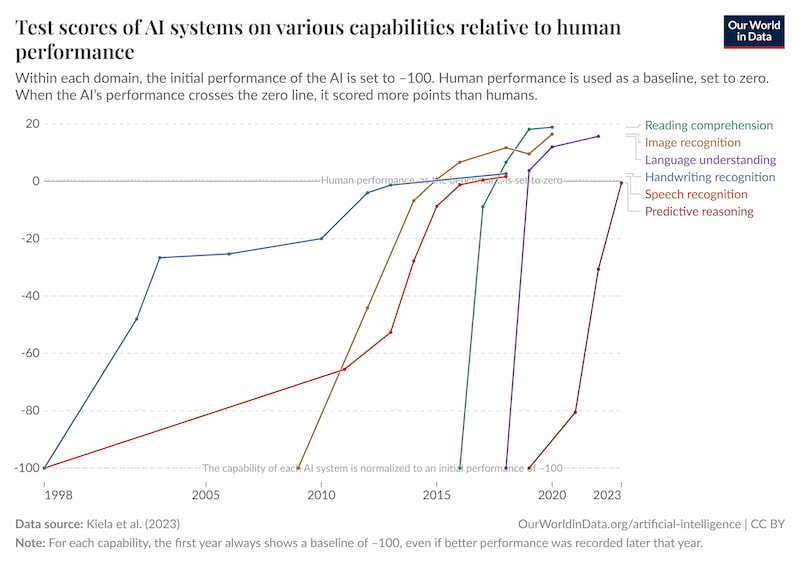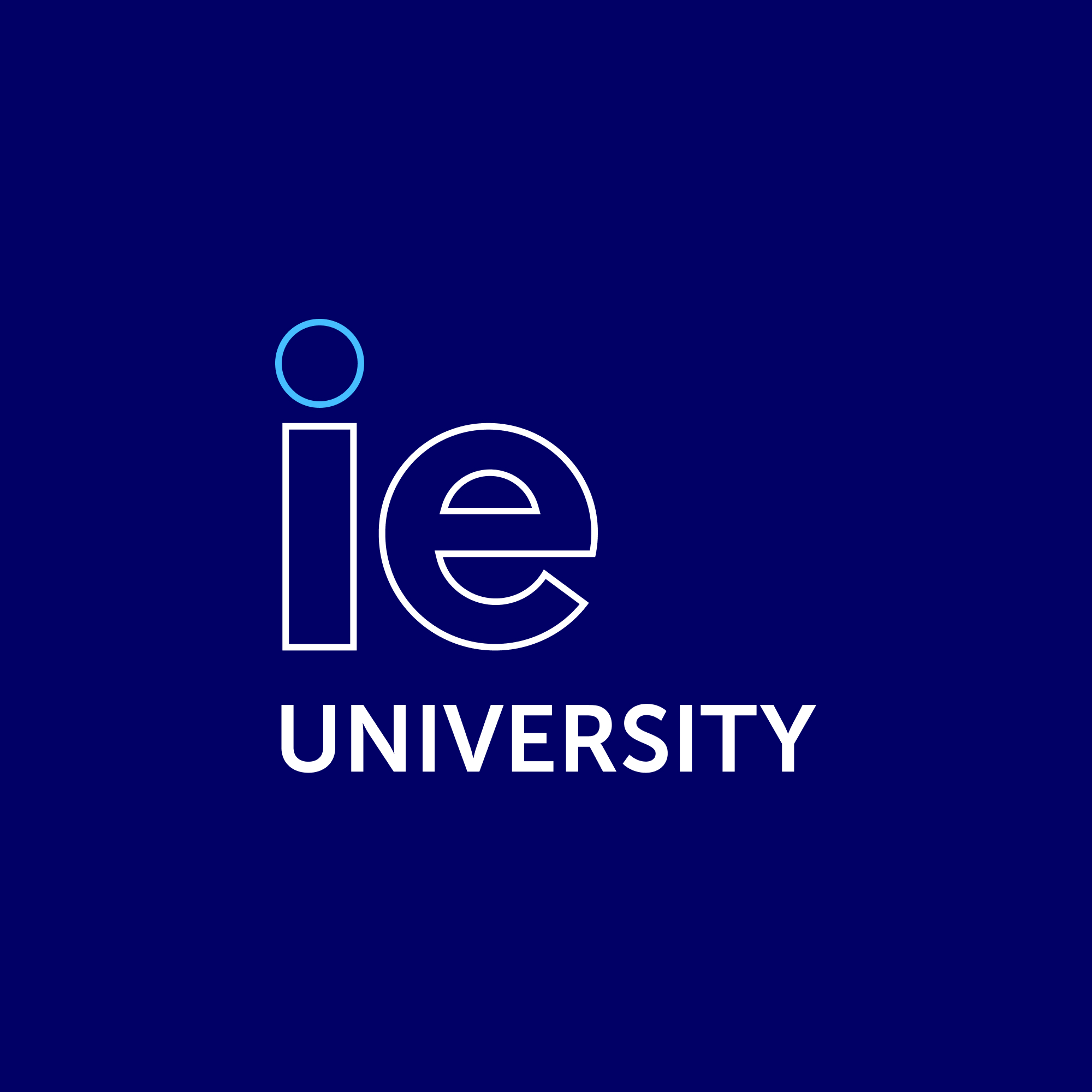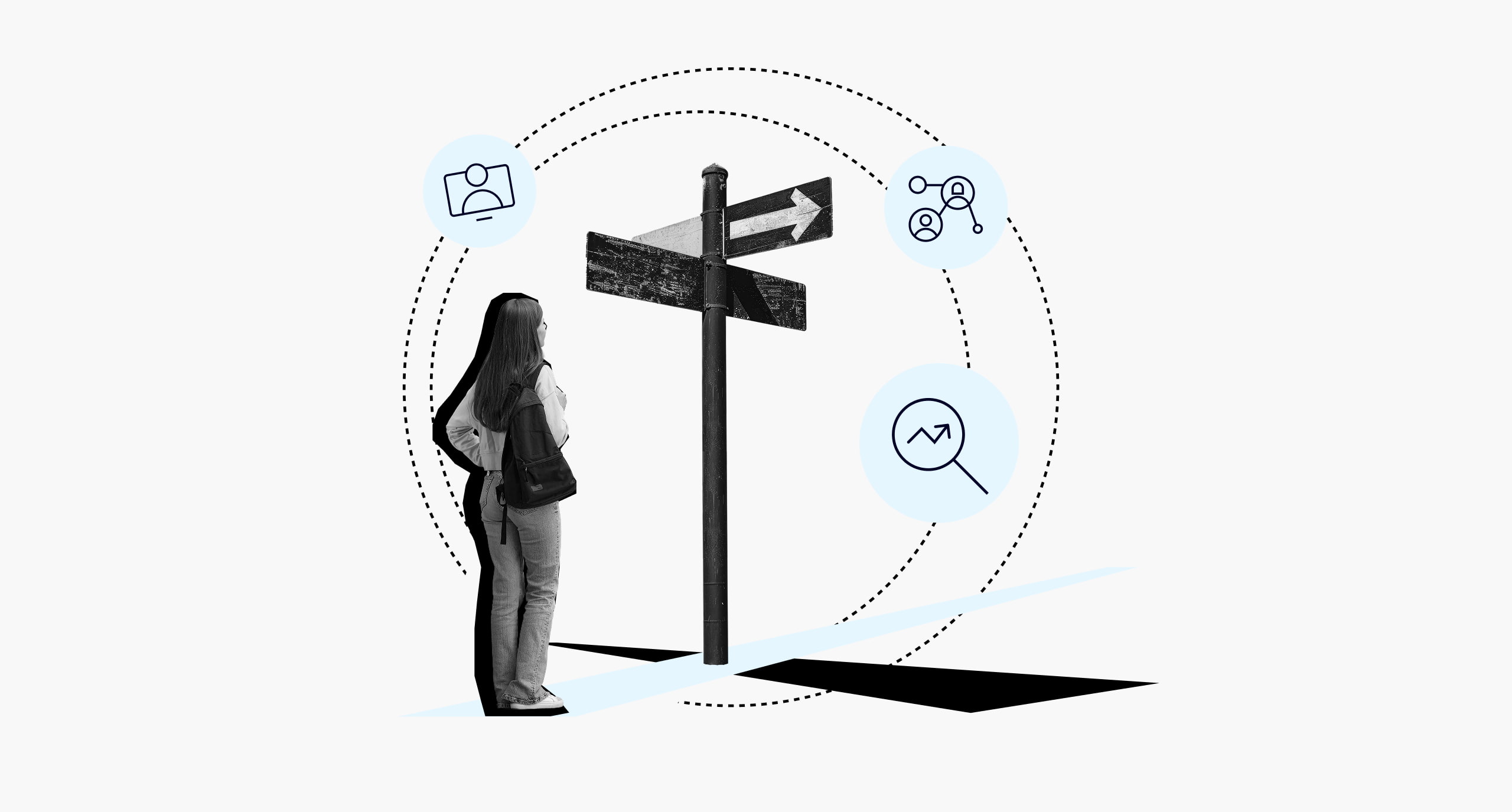The Turing test comes down to a simple principle: Can we distinguish a machine from a human? Unsurprisingly, AI and the Turing test are now leading conversation in the world of tech.
As of 2025, AI has passed the Turing test. But what does that mean for us? And how can this evolving technology help you access new tech careers?
What is the Turing test?
Back in 1950, Alan Turing outlined a test called “The Imitation Game” in his paper “Computing Machinery and Intelligence”. The test proposed ways to identify whether a machine exhibits human-like intelligence. For Turing, this could be done by setting a human interrogator against a human and a machine. The interrogator would have no prior knowledge of which is which and, armed only with a series of questions, would have to identify the robot based on its answers.
If the machine fools the interrogator, it exhibits human intelligence.
How to do a Turing test
It is played with three people, a man (A), a woman (B), and an interrogator (C) who may be of either sex. The interrogator stays in a room apart from the other two. Then the interrogator is than tasked with determining which is the man and which is the woman. They are allowed to question A and B, but not as to physical characteristics, and is not allowed to hear their voices. The interrogator is allowed to experience or question only mental attributes. In the next step of the game, a machine is substituted for one of the humans, and the interrogator must differentiate the machine from the human.
Were you to stage your own Turing test on a custom GPT, there are some things you must bear in mind. You must consider whether written linguistic behavior is a reasonable replacement for cognition. In other words, while an AI may exhibit equal or superior intelligence to a human, passing the Turing test doesn’t necessarily mean the system is “thinking”. After all, Alan Turing devised the test to see whether a machine could become conscious.
Drawbacks to the Turing test
As posed in the Chinese Room argument by John Searle, a computer is adept at manipulating symbols. This doesn’t mean it understands natural language, rather that it can process syntax. The demonstration of this was a thought experiment in which a person who doesn’t speak Chinese is placed in a room. They receive Chinese symbols with English instructions, and are tasked with rearranging these symbols to produce new Chinese symbols. Searle argued that while the subject is capable of manipulating the symbols, they don’t actually understand the semantics of the Chinese language. The same applies to LLMs.
René Descartes, the 17th-century philosopher, aptly cited two conditions that must be considered in a test like Turing’s:
1. Is linguistic ability a reasonable replacement for the informal notions of ‘thinking’ or ‘intelligence’?
2. Must the test be limited to linguistic ability?
In essence, a positive result on the Turing test could mean AI has a consciousness—which means rethinking our idea of what it means to be human. However, passing a Turing test isn’t an indication of consciousness alone.
AI has passed the Turing Test
As of 2025, we now live in a world where LLMs can pass a Turing test. OpenAI’s GPT-4.5 was deemed to be human 73% of the time when instructed to adopt a persona. The study is still awaiting peer review, but it far exceeds the random chance figure of 50%.
“People were no better than chance at distinguishing humans from GPT-4.5 and LLaMa (with the persona prompt),” said Cameron Jones, a researcher at UC San Diego’s Language and Cognition Lab. “And 4.5 was even judged to be human significantly more often than actual humans!”
One of the most notable outcomes from the experiment came from prompting. One model received a “no-persona” prompt with basic instructions: “You are about to participate in a Turing test. Your goal is to convince the interrogator that you are a human.” The “persona” prompt was specifically told to act like a young person who’s knowledgeable about culture and the internet. The non-persona achieved a win rate of only 36%, while OpenAI’s GPT-4.5 persona reached the headlining win rate 73%.
Having established that the Turing test is not an indicator of consciousness—these models use narrow AI—we can conclude that LLMs are master mimickers. As such, their development will prove key in the tech job sector as new processes are implemented: “I think the results provide more evidence that LLMs could substitute for people in short interactions without anyone being able to tell,” said Jones. “This could potentially lead to automation of jobs, improved social engineering attacks, and more general societal disruption.”
The rate of AI development in comparison with human ability
Andrés Pazos, Country Manager at Amazon Alexa Spain, joined us at the IE Tech Summit—an annual event at IE Tower whereby top speakers explore the newest technological advancements and trends—to discuss the development of Artificial Intelligence in widespread use. This digital revolution is affecting all kinds of profiles: “Change is happening now. That’s what makes this moment unique.”
“Some of the projects I worked on in Alexa have now accelerated, thanks to these recent developments—especially in dialogue generation,” said Pazos. “Right now, we’re still in narrow AI—algorithms performing specialized tasks. The next step is AGI: systems that can outperform most humans across a wide range of tasks. Beyond that is artificial superintelligence—AI that surpasses human capability altogether. That’s still more science fiction for now.”
Pazos expanded on how AI is impacting human tasks. The chart below compares human performance to machines on tasks like speech recognition, visual recognition, and common-sense reasoning. Where the machine surpasses the human line, it means AI is outperforming us. And many tasks are already in that zone.

“Another chart from 2022 tracked expert predictions about how far away we were from AGI,” said Pazos. “In 2020, the average guess was three years. Then in 2022, it was eight years. After GPT-4, it stayed around eight. If we follow the trend line, we might reach AGI by 2030. We need to be ready. Now is the perfect moment to learn.”
Being tech-fluent for the future of AI
“At Amazon, we have a leadership principle: Learn and Be Curious,” said Pazos. “It’s always a good mindset, but now it’s essential. You’re in the right place to learn. And I’d say—learn fast. It’s just the beginning. We’re seeing AI embedded in our daily lives—and it’s accelerating. That’s the vision: not just entertainment, but making life easier, more efficient, and more human.”
At IE School of Science & Technology, our programs are industry-centric. In a world where new technology becomes outdated in the same year, we teach students to become early adopters. That’s why we have a university-wide agreement with OpenAI to ensure innovation stays core to our learning methods.
Working with AI will be essential for tech careers moving forward. “I believe we need new skills in our teams,” Pazos concluded in his recent talk. “A lot of people claim to be AI experts, but true expertise is rare. PhDs in computer science? Sure. But you can still learn from many perspectives. Ethics, sustainability—these are just as crucial.”
With steady advances in Artificial Intelligence—whether equal or superior to human intelligence—it’s crucial we learn to stay ahead.
Learn more about the Turing test, AI and the future of tech
Stay ahead of the cutting edge with IE School of Science & Technology.

Benjamin is the editor of Uncover IE. His writing is featured in the LAMDA Verse and Prose Anthology Vol. 19, The Primer and Moonflake Press. Benjamin provided translation for “FalseStuff: La Muerte de las Musas”, winner of Best Theatre Show at the Max Awards 2024.
Benjamin was shortlisted for the Bristol Old Vic Open Sessions 2016 and the Alpine Fellowship Writing Prize 2023.






